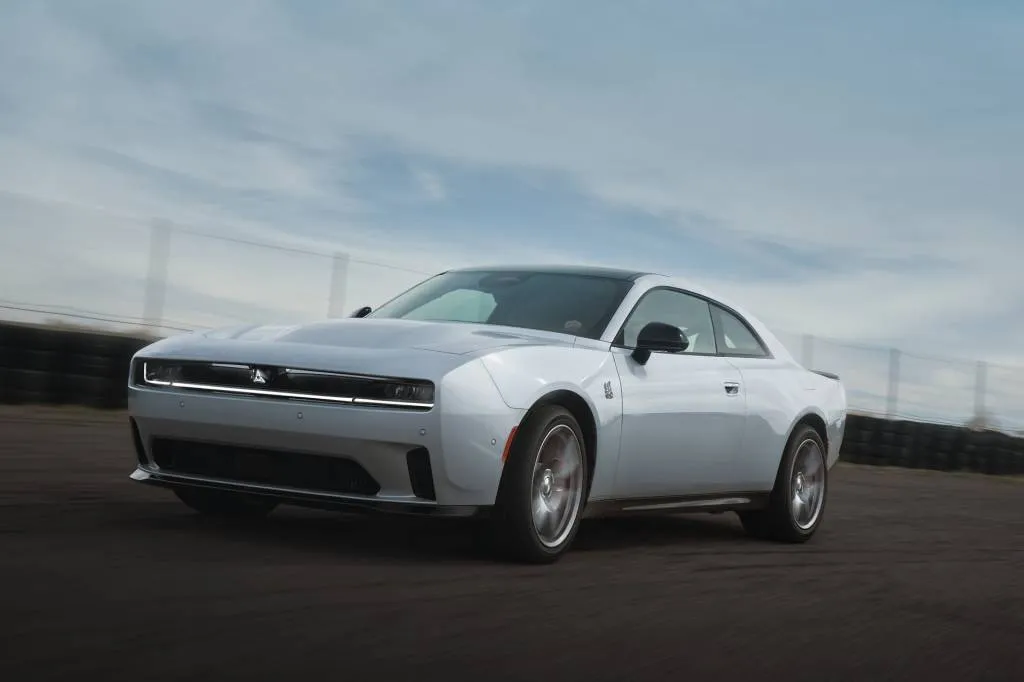Future Stellantis performance hybrids could have launch control, a newly discovered patent filing indicates.
A patent application for a hybrid-specific launch control system from the automaker was published by the United States Patent and Trademark Office (USPTO) on Aug. 8, after being filed by Stellantis in February.
Stellantis hybrid launch control patent image
Current launch control systems, which generally require the driver to hold the brake and accelerator pedals and then release the brake pedal to set off, don’t work well with hybrid powertrains, Stellantis claims in the application. They generally give the transmission control unit priority to direct the application torque, which can unnecessarily stress electric motors and produce jerky launches, according to the automaker.
Stellantis’ proposed alternative would switch priority to the hybrid system’s controller, ensuring that both the internal-combustion engine and electric motor are on the same page. A “preparation phase” would ensure electric-motor torque is dialed down before building up engine revs. A second “launch phase” would then feed in electric-motor torque alongside the combustion engine.

2024 Dodge Charger Daytona
The type of internal-combustion engine Stellantis has in mind isn’t mentioned in the patent application, but the automaker does discuss a dual-clutch automatic transmission, one electric motor used for propulsion, and a second belt-driven starter/generator motor. So it’s possible we’ll see this layout on future Stellantis hybrids.
Among Stellantis’ many brands, hybrids with launch control seem like the best fit for Dodge. The muscle-car brand is so committed to living life a quarter mile at a time that it once hired Vin Diesel—Dominic Toretto himself—as a spokesperson. The 2024 Dodge Charger arrives later this year in all-electric Daytona form, with a twin-turbo inline-6 powertrain following in 2025. Perhaps we’ll see a hybrid as well.


